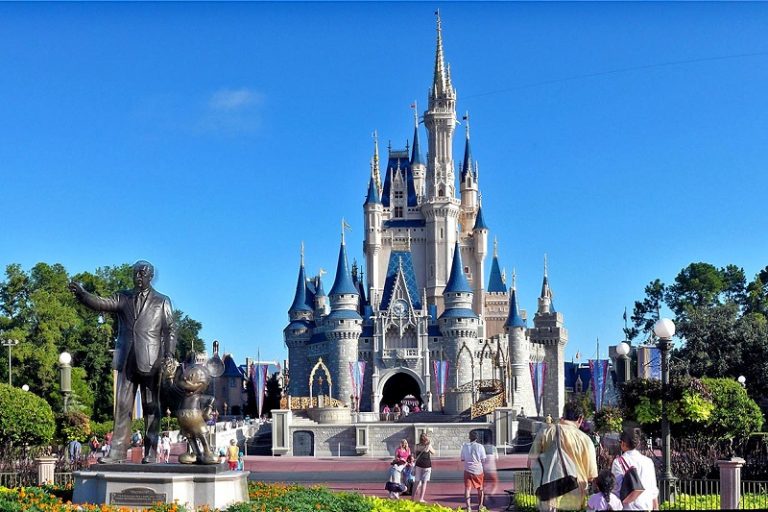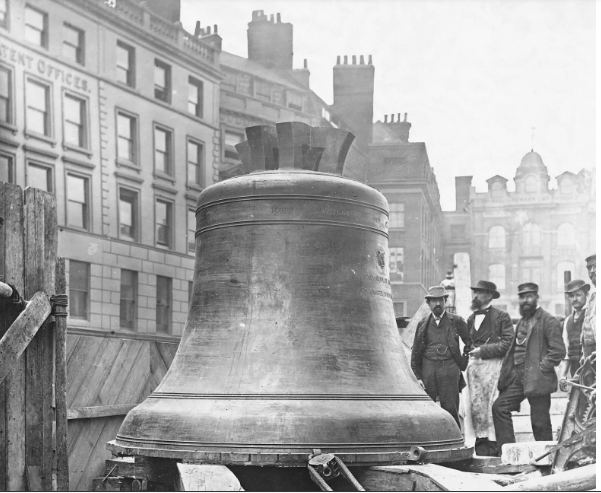Miami, a vibrant coastal city, is renowned for its stunning beaches, lively culture, and intricate network of waterways that shape its geography and lifestyle. For residents and visitors alike, understanding Miami’s waterways is key to appreciating the city’s unique charm. Whether you’re boating, fishing, or simply curious about the region’s aquatic features, the question often arises: what are the waterways in Miami called? This article dives into the canals, rivers, and bays that define Miami’s landscape, offering a clear guide to their names, roles, and significance. For more insights into the city’s aquatic culture, check out FAQ Miami, a great resource for local knowledge.
The Role of Waterways in Miami’s Identity
Miami’s waterways are more than just scenic attractions; they are vital to the city’s history, economy, and daily life. From facilitating trade to supporting tourism, these channels have shaped Miami into a bustling hub. Additionally, they provide recreational opportunities, with boating and watersports being popular pastimes. However, navigating these waterways requires understanding their names and purposes. For a deeper look at how these channels influence local life, explore resources like what are the waterways in Miami called, which offers detailed insights into their cultural and practical significance.
Major Types of Waterways in Miami

Miami’s waterways can be categorized into three main types: canals, rivers, and bays. Each serves distinct functions, from transportation to flood control. Below, we break down these categories to clarify their roles and names.
Canals: The Engineered Lifelines
Canals are man-made channels designed for drainage, navigation, and flood control. Miami’s subtropical climate, with its heavy rainfall, makes canals essential for managing water flow. Some of the most prominent canals include:
- Tamiami Canal: Connecting the Everglades to downtown Miami, this canal is crucial for flood control and water supply.
- Snapper Creek Canal: Running through South Miami, it supports drainage and boating access to Biscayne Bay.
- Coral Gables Waterway: A scenic canal offering residential access to the bay, popular among boaters.
These canals, often lined with homes and marinas, are a defining feature of Miami’s suburban areas. According to the South Florida Water Management District, canals manage over 1.7 billion gallons of water daily, protecting the region from flooding.
Rivers: Natural and Modified Flows
Miami’s rivers, while fewer in number, play a significant role in the city’s ecosystem. Some rivers have been altered for urban needs, blending natural and engineered elements. Key rivers include:
- Miami River: A major waterway flowing from the Everglades to Biscayne Bay, it supports shipping and recreational boating. It’s a historic trade route, with modern marinas dotting its banks.
- Little River: Located in North Miami, this smaller river feeds into Biscayne Bay and is popular for kayaking.
- Oleta River: Found near North Miami Beach, it’s a haven for nature lovers, offering serene waters for paddling and fishing.
These rivers connect Miami’s inland areas to the coast, blending urban and natural elements. Their names reflect both indigenous and colonial influences, adding to the city’s cultural tapestry.
Bays and Inlets: Coastal Connectors
Miami’s bays and inlets link the city to the Atlantic Ocean, supporting tourism, fishing, and shipping. The most notable include:
- Biscayne Bay: The largest and most iconic bay, stretching along Miami’s coastline. It’s home to marinas, wildlife, and recreational activities.
- Dumfoundling Bay: A smaller bay in North Miami, known for its calm waters and fishing spots.
- Government Cut: A man-made inlet connecting Biscayne Bay to the ocean, used by cruise ships and cargo vessels.
These coastal waterways are central to Miami’s identity as a maritime hub. They also support diverse ecosystems, hosting manatees, dolphins, and various fish species.
Historical Context of Miami’s Waterways
Miami’s waterways have a rich history tied to the city’s development. In the early 20th century, developers like Carl Fisher dredged canals to create buildable land, transforming swampy areas into vibrant neighborhoods. The Miami River, for instance, was a hub for Native American trade long before European settlers arrived. Over time, urbanization and flood control efforts reshaped these waterways, balancing natural beauty with practical needs. Today, they remain a testament to Miami’s engineering ingenuity and cultural heritage.
How Waterways Shape Miami’s Lifestyle
The waterways influence nearly every aspect of life in Miami. For residents, canals provide backyard access for boating, while rivers and bays offer opportunities for fishing, kayaking, and paddleboarding. Tourists flock to Biscayne Bay for yacht tours and waterfront dining. Moreover, waterways enhance property values, with homes along canals or the Miami River commanding premium prices. A 2023 report from Realtor.com noted that waterfront properties in Miami sell for up to 30% more than similar inland homes, highlighting their desirability.
Environmental Importance and Challenges
Miami’s waterways are ecological treasures, supporting mangroves, seagrasses, and wildlife. Biscayne Bay, for example, is a critical habitat for endangered species like the West Indian manatee. However, challenges like pollution, urban runoff, and rising sea levels threaten these ecosystems. Local organizations work tirelessly to protect these waterways through clean-up initiatives and conservation programs. Residents and visitors are encouraged to adopt sustainable practices, such as reducing plastic use, to preserve Miami’s aquatic beauty.
Navigating Miami’s Waterways
For those eager to explore, Miami’s waterways are accessible by boat, kayak, or paddleboard. The Miami River and Biscayne Bay are particularly popular for guided tours, offering views of downtown’s skyline and historic sites. Many canals, like the Coral Gables Waterway, are navigable for small vessels, making them ideal for leisurely outings. However, boaters must follow local regulations, such as speed limits, to ensure safety and protect wildlife. Rentals and tours are widely available, catering to both novices and seasoned adventurers.
Read More Also: Why Everyone Should Visit Minehead
Conclusion
Miami’s waterways, from its engineered canals to its natural rivers and expansive bays, are the lifeblood of the city. Names like the Miami River, Tamiami Canal, and Biscayne Bay are more than just labels; they represent a blend of history, culture, and functionality. These waterways support recreation, boost property values, and sustain vital ecosystems, all while shaping Miami’s unique identity. Whether you’re a local or a visitor, exploring these channels offers a glimpse into the city’s heart. By understanding what these waterways are called and their roles, you can better appreciate Miami’s aquatic allure.
Read More Also: Three Walks in Romney Marsh to Enjoy this Winter
Frequently Asked Questions
What is the most famous waterway in Miami?
Biscayne Bay is Miami’s most iconic waterway, known for its scenic beauty, wildlife, and recreational opportunities like boating and fishing.
Are Miami’s canals natural or man-made?
Most canals, like the Tamiami and Snapper Creek Canals, are man-made, designed for flood control and navigation.
Can you boat on the Miami River?
Yes, the Miami River is navigable and popular for recreational boating and commercial shipping, with marinas along its banks.
How do Miami’s waterways impact property values?
Waterfront properties, especially along canals and Biscayne Bay, often sell for a premium due to their scenic views and boating access.
What environmental challenges face Miami’s waterways?
Pollution, urban runoff, and sea level rise threaten Miami’s waterways, prompting conservation efforts to protect ecosystems.










+ There are no comments
Add yours